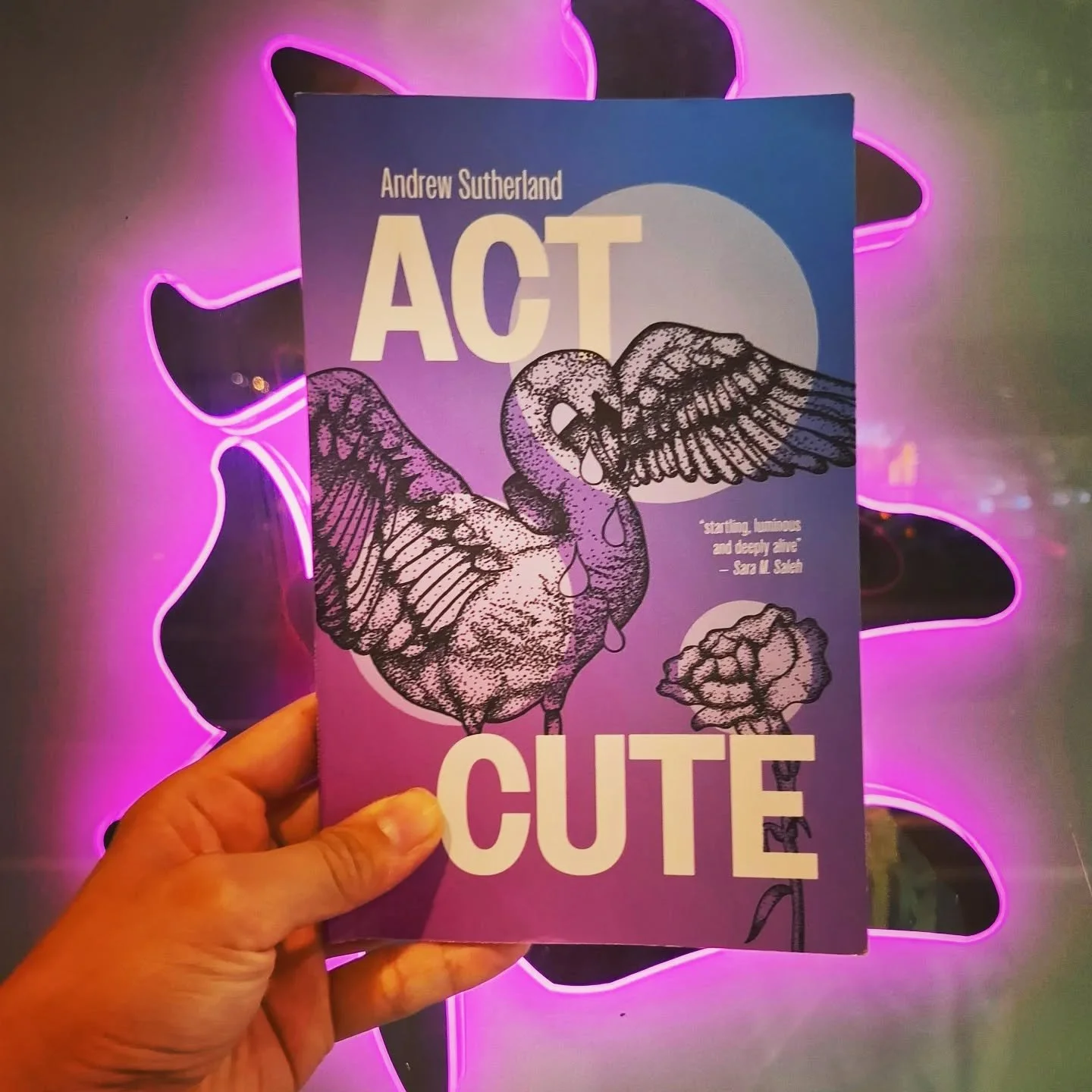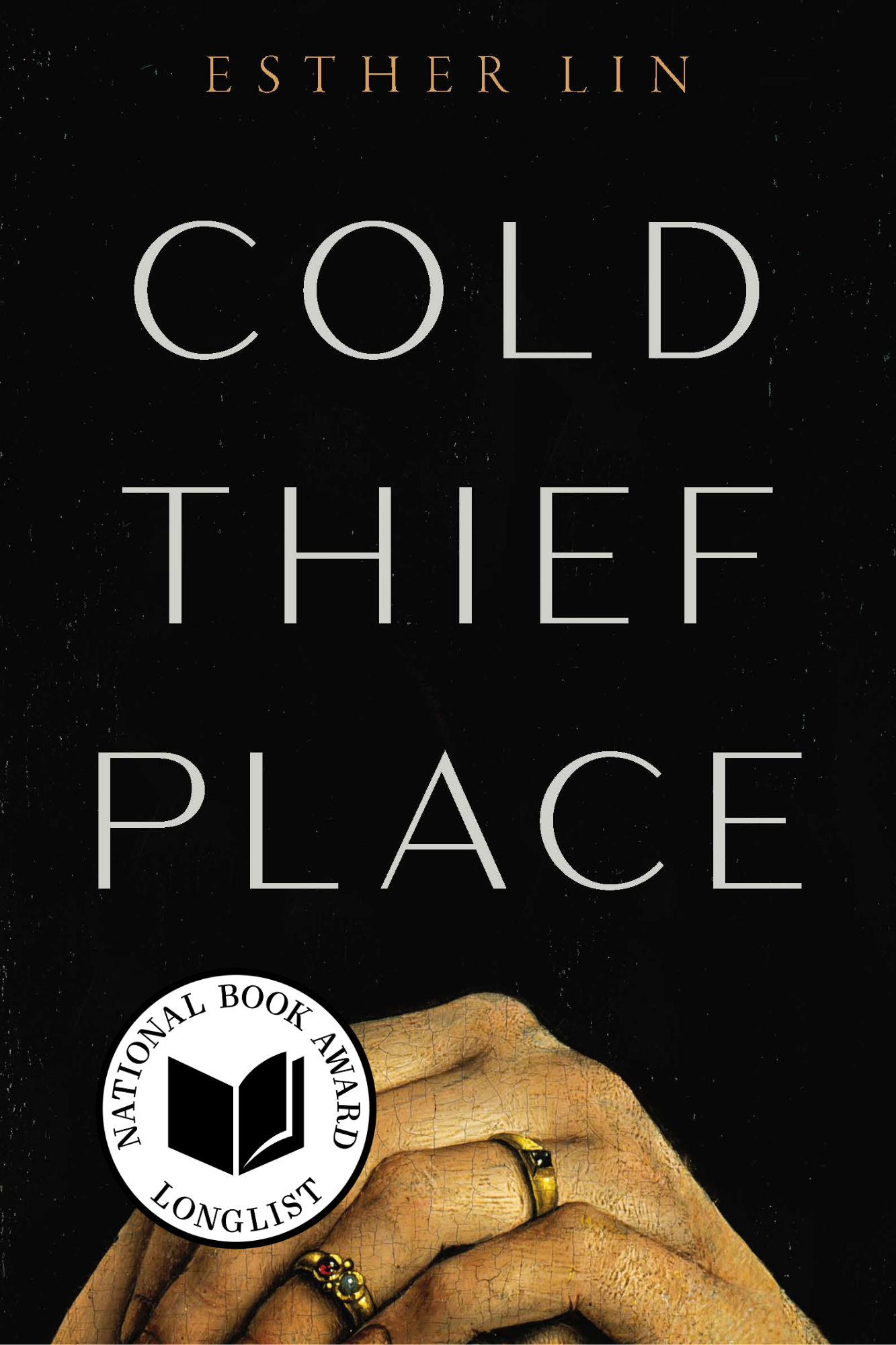When the World's Too Much
By Diane Josefowicz
Review of The Enlightenment of Katzuo Nakamatsu by Augusto Higa Oshiro, translated by Jennifer Shyue (USA: Archipelago Books, 2023)
Katzuo Nakamatsu is fifty-eight when he’s abruptly fired from his university teaching job and breaks down in a Lima park. As “the son of Japanese people,” an outsider who is “almost a foreigner” in his own country, he’s not so much surprised by this arbitrary humiliation—it’s just the latest in a long series—as he is wholly overwhelmed by it. Gazing numbly on blossoming cherry trees beside a carp pond—evocations of Japan that feel as out of place in Lima as Katzuo himself does—he reveals that he’s acutely suicidal, in possession of both a gun and a plan to end his life. Translated into gorgeously flowing English by Jennifer Shyue, The Enlightenment of Katzuo Nakamatsu follows Katzuo as he pays final respects to family and friends and revisits sites of painful and sublime memory. As he unravels, the brutal history of his family’s immigration is revealed to him anew in the burdensome “enlightenment” of the story’s title.
Born in Lima in 1946, Higa also comes from a family of Japanese immigrants who arrived in Peru toward the end of the nineteenth century to settle in Lima, the center of the Peruvian nikkei diaspora. By 1930, about ten thousand people of Japanese descent were living in Peru. After war broke out between Japan and the United States in 1941, an agreement with Peru resulted in a roundup of more than a thousand nikkeis, who were deported to internment camps in the US. Those who remained in Peru continued to be treated as outsiders, suffering under repressive policies—workplace discrimination, curtailment of opportunities to naturalize, and immigration freezes, to name a few—until the end of the last century, when they won greater recognition of their existence, contributions, and rights.
Katzuo Nakamatsu’s story is complex, as befits this layered and difficult history. Higa renders the contradictions of his protagonist’s existence in excruciating sensory detail in a series of vividly imagined scenes that paint a compelling portrait of an imperfect and not always likable person trapped by and suffering from wounds derived from injustices that have been inexplicably glossed over, forgotten, obscured—just like him.
Significantly, Katzuo does not get to tell his own story. Instead, Higa deploys an intermediary, a university colleague named Benito Gutti, who narrates virtually all of the book and who has access to Katzuo’s notes and diaries. Gutti’s perspective is hardly transparent or objective. He has his own relationship to Katzuo and his own opinions about Katzuo as an outsider. For this reason, Katzuo never comes through clearly or fully; instead, we are meant to see and feel the bigotries with which he must contend. If, as has been supposed, nikkei writing represents a call for greater inclusion within Peruvian society, Higa’s novel suggests what integration might look like, including parts that aren’t as pretty as the ideal might suggest.
Speaking of, and often for, Katzuo, Gutti focuses tightly on signifiers of difference. He makes fun of his friend, addressing him as “ludicrous Katzuo,” and he occasionally dehumanizes him, noting his “lizard feet.” Gutti is attuned to differences, particularly in social class. A boy shot in the street of a working-class district is described, while dying, as having “a chicha-lover’s face,” as if that were something vulgar or distasteful. To Katzuo, Gutti repeatedly ascribes an “Asiatic temperament,” an ambivalent shorthand for some combination of stoicism and emotional unavailability. Elsewhere, Gutti calls him “unsociable, impenetrable,” with “an admirable spiritual rectitude, and a fierce defensive instinct that prevented him from talking about himself.” Katzuo is, among other things, a constant provocation to Gutti. The quieter Katzuo is, the more garrulous Gutti becomes. Yet as he catalogs Katzuo’s meanderings, the more sympathetic he becomes to his subject. It is as if this chatty and judgmental narrator were coming closer to Katzuo despite himself. His reported remembrances, for instance, of Katzuo’s grandiose and violent father, the stories of the hardships and adventures he endured as an immigrant to Peru, seem more like memories than reportage, so close had his identification become.
As I read, I often found myself at odds with Gutti, wanting to see Katzuo as a more rounded and complex person than Gutti does. Katzuo’s imagination is fertile and rich: he is writing a novel about his father and his father’s friend, the swashbuckling Etsuko Untén. Katzuo’s identity as a writer includes tender feelings for the avant-garde Peruvian poet and novelist Martín Adán, renowned for his evocations of Lima’s legendary Barranco district. Katzuo also has substantial real-life relationships: in addition to his ambiguous friendship with Gutti, he develops a solid rapport with a healer, and he has other friends who care about him more than Gutti does. For all these reasons, I cared about Katzuo too.
Like Adán, Higa has long been inspired by Lima. In his first book, a story collection published in 2008, he returned repeatedly to his working-class childhood in the city. With this novel, Lima again provides essential narrative infrastructure, functioning as a backdrop for Katzuo’s melancholic wandering as well as a mirror of his oppression. In this regard, Katzuo joins a long parade of flâneurs who haunt cities with atmospheres so oppressive they all but demand to be understood metaphorically, as indirect statements about politics and society. I’m thinking of course of Baudelaire, but there are more recent and compelling examples—such as Oséias, the doomed narrator of Luiz Ruffato’s Late Summer (O verão tardio, 2019), who makes a long final journey through the blazing streets of Cataguases; and the unnamed Uyghur of Perhat Tursun’s The Backstreets (2022), whose misery is everywhere doubled by Xinjiang’s relentless fog. On the streets of Lima, Katzuo’s anguish is so overwhelming that it seems to threaten the whole city: “His heart lashed. It was hard to breathe. A blazing anguish, a brutal sun seemed to be burning his face, poaching his intestines.” He breaks out in a sweat, a “flooding” that threatens to engulf the city itself, starting with “the street laid out before him” and spreading to include “restaurants, vehicles, glass-paned doors,” so that everything in sight, “mere meters from him, looked incandescent and yellow” and “radiated a blinding light, in spite of the raw Lima winter sky.”
What we call “voice” is just another word for the aural spell a writer casts; it is what keeps you in the story while lodging the story in you. Higa is a master of that magic. His sentences unfurl in rolling phrases that home in tightly on ever-more-luminous details. Here is Katzuo conjuring up the lives of his father and his friend “like a film endlessly looped: the unencumbered Etsuko Untén in the years of the war, protesting when [the] government expropriated Japanese-owned businesses, schools, properties, farms, and machinery. It was a terrible blow, they jailed managers, deported them, interrogated them, there were blacklists, extortions, robberies, spoliations.” In the next breath, Katzuo becomes part of the story he’s telling, feeling now directly “police on our heels, and the entire population hurling insults, degradations, families shamelessly and hungrily torn apart.” Those adverbs—shamelessly, hungrily—show the moral clarity of the enlightened Katzuo’s point of view: the violence he describes is not just some random misfortune but an outcome that has been planned, structured—in a word, willed—and that stems from boundless greed.
Although this insight might radicalize a different character, all it prompts in Katzuo is an enervated collapse. Though he’s desperate to finish his novel, he’s not even inspired to write. He’s overwhelmed by the feeling that everything is meaningless: “Katzuo was not Katzuo, the hours were not hours, the people were not people, nor the animals, nor the rocks, nor the plates, the spoons, the tears, the pity, nothing existed, simply empty, no destination, no direction.” I don’t want to reveal the ending, but it turns out there’s all kinds of knowledge, personal and historical, that Katzuo can no longer avoid, deny, or suppress. The world is too much with Katzuo. Higa’s bleak realism suggests that it’s too much with all of us; like Katzuo and Gutti, we can only know our reality from shards we organize as best we can, according to our dim lights.
Diane Josefowicz is the author of a novel, Ready, Set, Oh (Flexible Press, 2022) and, with Jed Z. Buchwald, two histories of Egyptology, The Zodiac of Paris (2010) and The Riddle of the Rosetta (2022), both published by Princeton University Press. Her novella, L’Air du Temps (1985), will be published next spring by Regal House. She serves as Books Editor at Necessary Fiction, Associate Fiction Editor at West Trade Review, and as Managing Editor of The Victorian Web, the internet’s oldest and largest website devoted to Victoriana.
If you’ve enjoyed reading this article, please consider making a donation. Your donation goes towards paying our contributors and a modest stipend to our editors. Singapore Unbound is powered by volunteers, and we depend on individual supporters. To maintain our independence, we do not seek or accept direct funding from any government.









This year, 25 writers and thinkers recommend their favourite reads from and about Asia.